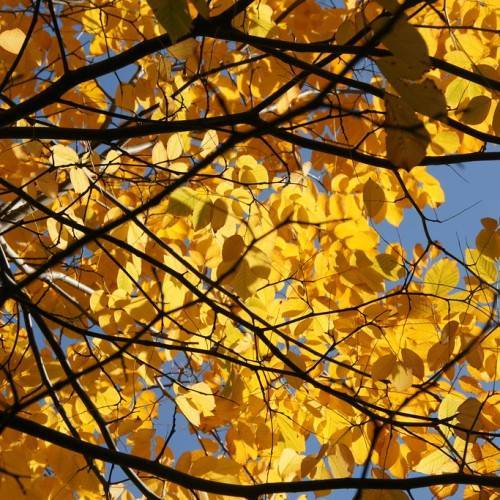
yellowwood
Cladrastis kentukea
Cycle:
Perennial
Watering:
Average
Hardiness Zone:
4 - 8
Flowers:
Flowers
Sun:
full sun,part shade
Fruits:
Fruits Ready In Fall
Leaf:
Yes
Growth Rate:
Low
Maintenance:
Low
Drought Tolerant:
Yes
Care Level:
Medium
watering
Yellowwood prefers moist, well-draining soil. Water the soil deeply and then allow the top inch to dry out before watering again. Do this every 7-10 days during the hot summer months and every 14-21 days during cooler seasons. It is better to water the soil deeply and less often, rather than lightly and frequently. Yellowwood may need extra water during dry, hot periods, so be sure to monitor the soil moisture.
sunlight
Yellowwood (Cladrastis kentukea) grows best in full sun with at least 6 hours of direct sunlight daily. It does well in partial shade, but without enough sun, it won't be as vibrant in its flowering. It prefers morning sun and afternoon shade, which is a more intense light exposure than all-day dappled shade. To minimize stress on the plant and its flowers, direct afternoon sunlight should be avoided. In optimal growing conditions, yellowwood will flower in mid to late spring and can bloom as late as June.
pruning
When it comes to pruning yellowwood plants, it is important to leave most of the task until late winter or early spring. This will help you avoid disrupting any flower buds and will help promote new growth in the coming weeks. It is also important to use sharp pruning tools and sterilize them between pruning different plants. When pruning yellowwood, it’s important to consider size, shape, and health of the plant. Start by removing any dead, diseased, or broken branches. Next, cut back any branches that are overgrown, or that are growing in a place that interrupts the plant’s natural shape. You should also prune out any branches that cross over each other. Finally, prune back any stems that are growing too close together by about 1-third. It’s important to remember that pruning is a delicate process, and that you should always be careful not to over-prune your yellowwood plants. Too much pruning can easily damage the plant or cause it to become unbalanced.
